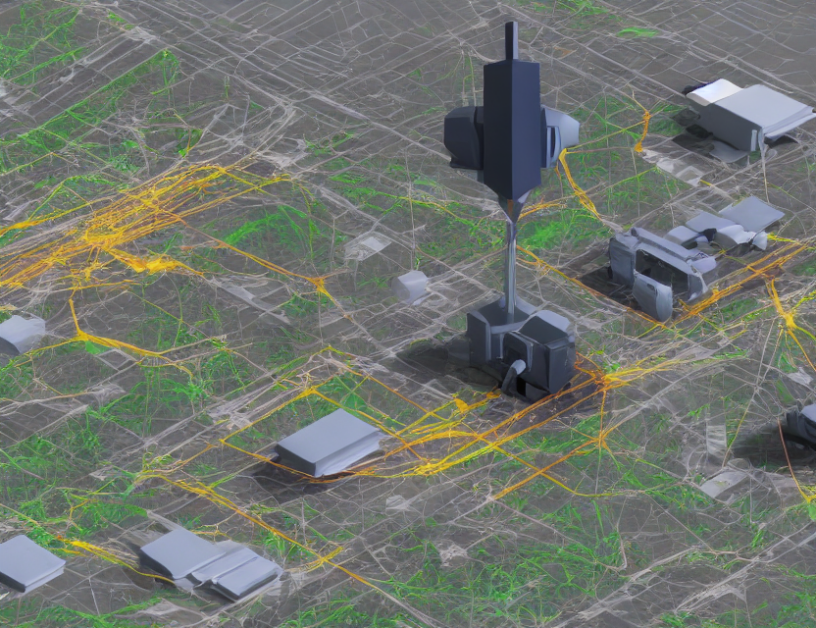In this article, the authors discuss the use of Kernel Density Estimation (KDE) for wireless signal classification. KDE is a technique used to estimate the underlying probability distribution of observed data. In the context of wireless signals, KDE can be used to classify signals into different categories based on their characteristics.
The authors explain that KDE works by creating a kernel function that is centered at each observed data point and calculating the contribution of the kernel function to the estimated PDF (Probability Density Function). The individual kernel contributions are then summed up to obtain the final estimated PDF. This process ensures that the estimated PDF is smooth and continuous.
The authors also discuss the importance of choosing the right kernel function and bandwidth for KDE. The kernel function determines the shape of the kernel, while the bandwidth affects the smoothness of the estimate. They suggest using a multi-task learning approach to choose the best kernel function and bandwidth for a given dataset.
Next, the authors discuss the effectiveness of KDE in handling wireless channels and surrogate models. Wireless channels can have a significant impact on the accuracy of KDE, but the authors show that by using a multi-task learning approach, the effects of wireless channels can be mitigated. Surrogate models are models that mimic the behavior of other models, and the authors demonstrate that KDE can still be effective in transferring knowledge across multiple models.
Finally, the authors discuss the use of generative adversarial networks (GANs) for wireless signal spoofing. GANs are a type of deep learning algorithm that can generate new data samples that are similar to a given dataset. The authors show that GANs can be used to generate new wireless signals that are similar to a given set of signals, making it difficult for classifiers to distinguish between real and spoofed signals.
In summary, KDE is a powerful technique for wireless signal classification that can handle complex datasets with varying characteristics. By choosing the right kernel function and bandwidth, KDE can provide accurate estimates of the underlying probability distribution. Additionally, KDE can be used in conjunction with other techniques, such as GANs, to improve the robustness of wireless signal classifiers against spoofing attacks.
Computer Science, Cryptography and Security
Uncovering Vulnerabilities in Deep Learning-Based Wireless Signal Classification



